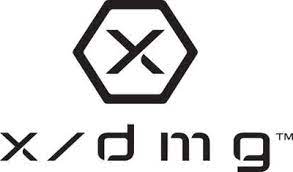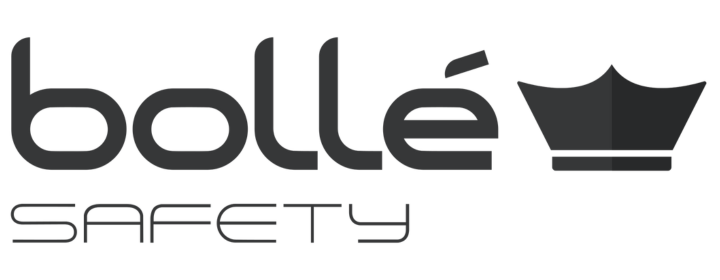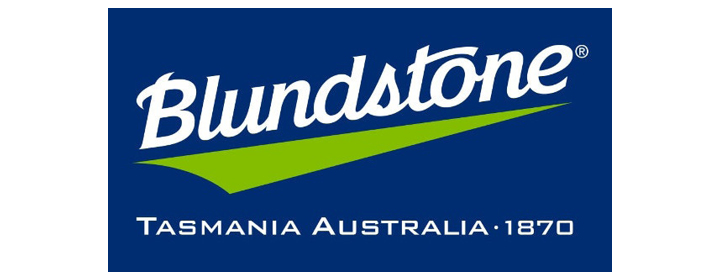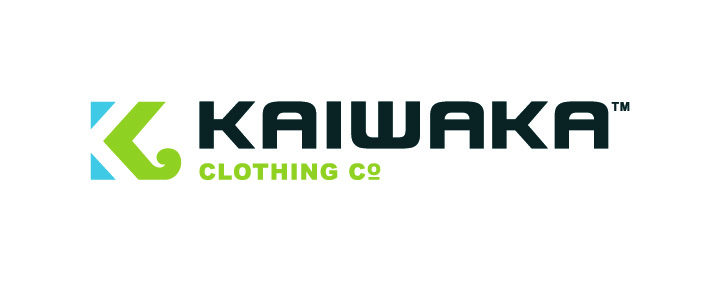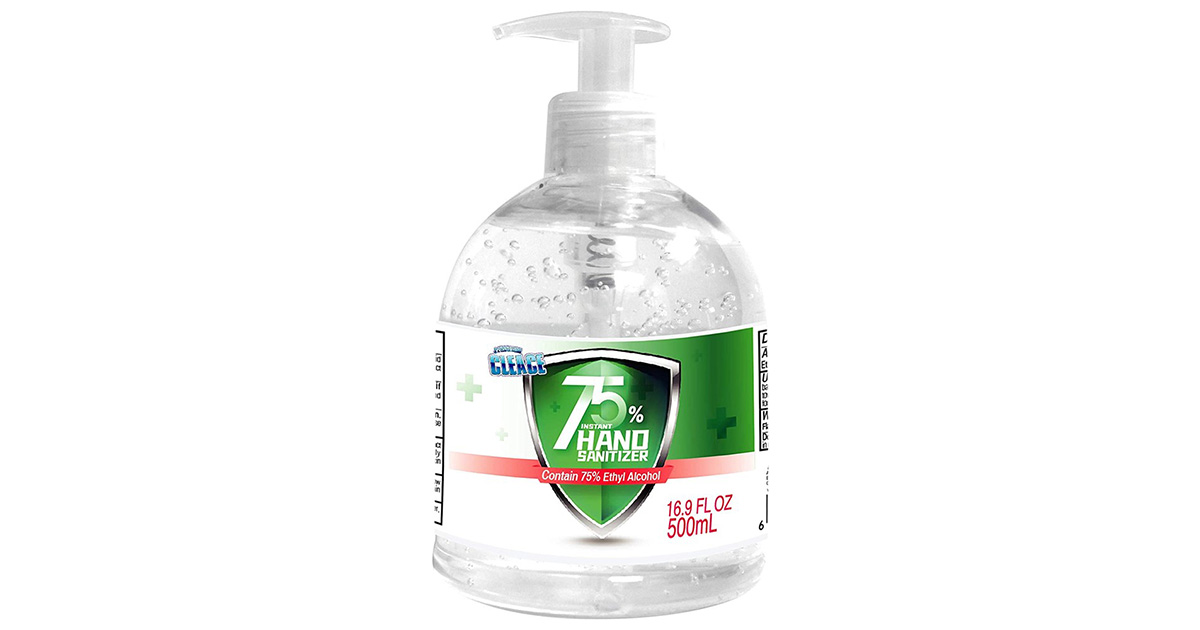How do I choose the right hand sanitiser?
Hand sanitiser has been in the news a lot lately. It’s a good method to reduce risks of not only Covid but many other bugs that go around too. For a while, there was a shortage and you would be lucky to find any. Now that supplies are back in stock you might be wondering if all hand sanitisers are created equal.
There are actually a lot of different varieties of hand sanitiser and the right one for what you need depends on the situation and what you plan to use it for.
Active Ingredient
The most important part of hand sanitisers is the active ingredient. This is the part of the formula that actually kills germs. The two main classes of hand sanitisers are alcohol and non-alcohol based.
Alcohol hand sanitiser
With these hand sanitisers, ethanol and isopropyl alcohol are the active ingredients. Alcohol works as a disinfectant that kills many common types of germs that cause you to get sick. Many experts say that alcohol hand sanitisers are the most effective option. It’s also usually less expensive.
However, alcohol does have a dehydrating effect so using it often can cause your skin to dry out. When it dries out it also loses some of its effectiveness. It can also be a poisoning risk for young children when over 20% alcohol. Keep in mind that sanitisers with low alcohol levels aren’t as effective; many doctors recommend hand sanitisers of at least 60% alcohol to combat things like Covid.
Non-alcohol hand sanitiser
If alcohol hand sanitiser is more effective, why have non-alcohol options at all? The main reason is that some people with sensitive skin have trouble with the alcohol base. Some are also more effective when they dry and since the active ingredients don’t have the dehydrating effect, frequent use isn’t an issue.
However, non-alcohol hand sanitisers tend to cost more. Some active ingredients may not be as effective as alcohol-based sanitisers too. Many use Benzalkonium Chloride which has yet to be recommended in clinical settings by WHO but that works well enough in many casual situations.
Types of Sanitiser
There are a few different types of sanitiser too. These different types have a different delivery method for the sanitiser.
- Foaming sanitiser. Foaming sanitiser comes out of a nozzle and foams up. This is a good choice for businesses or large dispensers. We have foaming sanitiser options available.
- Gel Sanitiser. These are the most common types of hand sanitiser that you’ll see in bottles. Usually these aren’t touch free but work well for small businesses or personal use.
- Sanitiser Spray. Sanitiser spray is a convenient option and comes in a few different bottles types. The sprays are in a liquid instead of a gel but are still effective as long as you apply it thoroughly.
- Wipes. Wipes that are alcohol-based work for disinfection as well. The liquid on the wipes has the same kind of active ingredient as sprays and wipe, usually isopropyl alcohol. We have Clinical Disinfection Wipes using 70% isopropyl alcohol.
How do I choose the right hand sanitiser for me?
The right option for you depends on your usage. For example, if you’re buying it for the whole team and need to use it often, setting up a Touch-Free Dispenser might be your best choice. But for personal use, any with enough of the active ingredient should do the trick.
The type might be more important in that case, so choose what kind suits you best. We have some of each type available so feel free to order sanitiser online or stop by or store!


